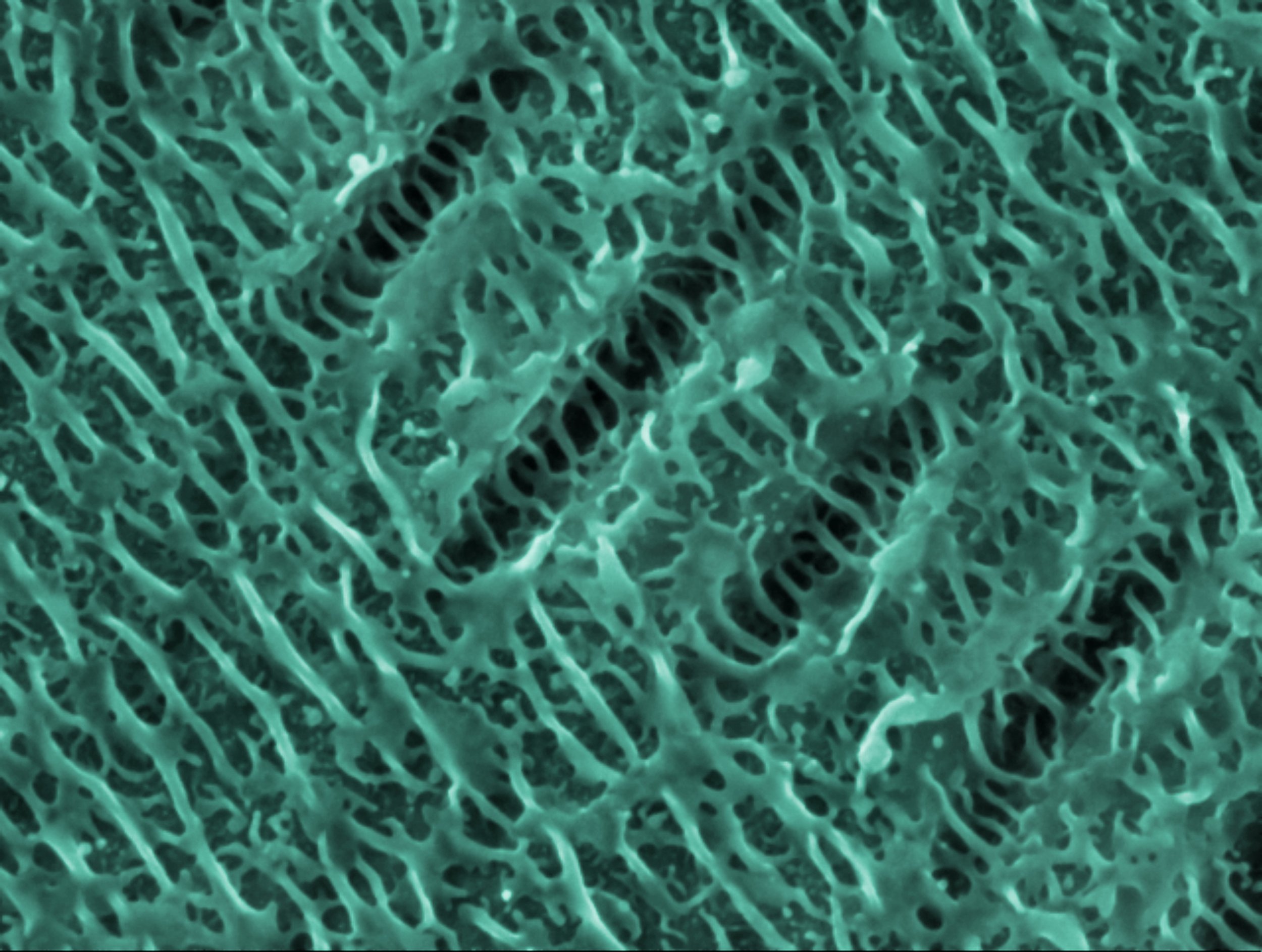Turning Sunlight into Fuel with a Breakthrough in Solar Hydrogen Production

In pursuing a sustainable future, innovative technologies are continually being developed to harness renewable energy sources more efficiently. A collaborative team has made a remarkable stride in this direction from the Tokyo Institute of Technology and National Yang Ming Chiao Tung University.
They have pioneered a method that fully captures the spectrum of sunlight, from the ultraviolet to the near-infrared (NIR), for solar hydrogen production. This breakthrough addresses a critical gap in existing solar technologies, which have largely overlooked the NIR segment of sunlight.
The essence of sunlight encompasses diverse wavelengths, each bearing its own energy potential. Traditional solar technologies have been adept at tapping into the ultraviolet and visible spectra, yet the NIR portion remained vastly underutilised. To conquer this challenge, Associate Professor Tso-Fu Mark Chang, Lecturer Chun-Yi Chen, and Professor Yung-Jung Hsu embarked on a groundbreaking project to unlock this potential.
Their innovation led to the creation of an Au@Cu7S4 yolk@shell nanocrystal, a significant leap forward in solar energy conversion. Their research highlights the potential of this nanocrystal as a renewable energy source and exemplifies the power of collaborative scientific endeavour.
Central to this advancement is the phenomenon known as localised surface plasmon resonance (LSPR), a distinct optical property found in gold (Au) and copper sulfide (Cu7S4) nanostructures. This feature can be fine-tuned to absorb various wavelengths, including visible and NIR spectrums. By amalgamating these materials, the researchers devised a photocatalyst responsive to a broader spectrum of sunlight than previously possible.
"We realized that wide-spectrum-driven hydrogen production is gaining momentum in recent days as a potential green energy source. At the same time, we saw that there were not many currently available options for photocatalysts that could respond to NIR irradiation," remarked Dr Hsu and Dr Chang. To overcome this, they capitalised on the tailorable LSPR properties of Au and Cu7S4 nanostructures.
The synthesis of these novel Au@Cu7S4 nanocrystals was accomplished through an ion-exchange reaction. The team utilised sophisticated analytical methods such as high-resolution transmission electron microscopy, X-ray absorption spectroscopy, and transient absorption spectroscopy to probe into the nanocrystals' properties.
These analyses unveiled the nanocrystals' yolk@shell structure, endowed with dual-plasmonic optical attributes. Moreover, ultrafast spectroscopy data showed that the nanocrystals exhibited long-lived charge separation states when exposed to visible and NIR light, indicating their potential for effective solar energy conversion.
The yolk@shell nanostructure was instrumental in boosting the photocatalytic efficiency of the nanocrystals. "The confined space within the hollow shell improved the molecular diffusion kinetics, thereby augmenting the interactions among reactive species. Additionally, the mobility of the yolk particles played a crucial role in establishing a homogeneous reaction environment as they were able to agitate the reaction solution effectively," Dr Chen elucidated.
This cutting-edge photocatalytic system demonstrated remarkable quantum yields, achieving 9.4% in the visible range (500 nm) and an unparalleled 7.3% in the NIR range (2200 nm) for hydrogen production. Uniquely, this system does not require the addition of co-catalysts, which are typically necessary for other photocatalytic processes to augment hydrogen production.
This research presents a sustainable and efficient solar fuel generation platform capable of exceptional hydrogen production and responsive to an extensive light spectrum. It showcases the utility of LSPR properties in Au and Cu7S4 for harnessing NIR energy and lays the groundwork for future explorations into enhancing LSPR features in various semiconductors for broad-spectrum solar applications.
In their concluding thoughts, Dr Hsu and Dr Chang said, “We are optimistic that our findings will motivate further investigations into tweaking the LSPR properties of self-doped, nonstoichiometric semiconductors, aiming to create photocatalysts responsive across a wide spectrum for a variety of solar-powered applications".
COMPANIES TO WATCH:
Author:
Arnold Kristoff
Content Producer and Writer





